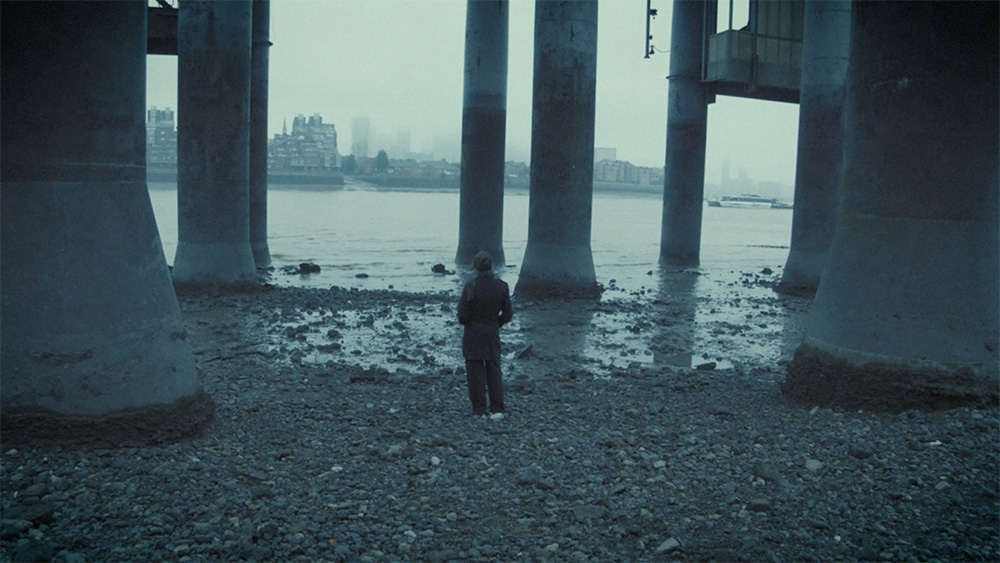
Kai Yang, also known as Jason Yang, is quickly becoming a name to watch in the independent film scene. The Chinese-born director has been turning heads with his fresh take on storytelling, especially with his latest sci-fi short film, Upon the Deep. Yang brings a fresh perspective, blending nonlinear storytelling with interactive elements that challenge traditional film conventions. In this exclusive interview, Yang opens up about the inspiration behind Upon the Deep, the complexities of balancing creative vision with collaborative input, and his future plans, including the feature film, Drugs of Happiness.
In your film, Archie faces a dilemma between chasing his dream of going to Mars and staying with the love of his life. What inspired you to explore this specific duality of choices?
When designing these two life options, it is essential that both choices are of immense importance to Archie. They represent the rare, significant decisions in life that require careful thought before being made. Additionally, these options must be mutually exclusive, creating a true dilemma where fulfilling both is impossible. Opting for one will irrevocably forfeit the other.
The concept of a one-way journey to Mars serves as the foundation of this film, presenting a significant psychological and physical challenge for an individual. For Archie, this journey aligns with a deeply held childhood aspiration, which gains prominence following his grandfather’s funeral, leaving him with little attachment to Earth. Thus, his choice to embark on a non-returnable voyage to Mars becomes a comprehensible path. On the other hand, finding true love and embracing it is an irresistible part of human instinct, providing him with a reason to stay— a reason that effectively rivals his childhood dream.
Furthermore, these choices symbolize dual internal desires. A solo mission to Mars epitomizes the ultimate isolation, potentially severing future human contact/touch. In contrast, living a life of love and companionship offers the exact opposite.
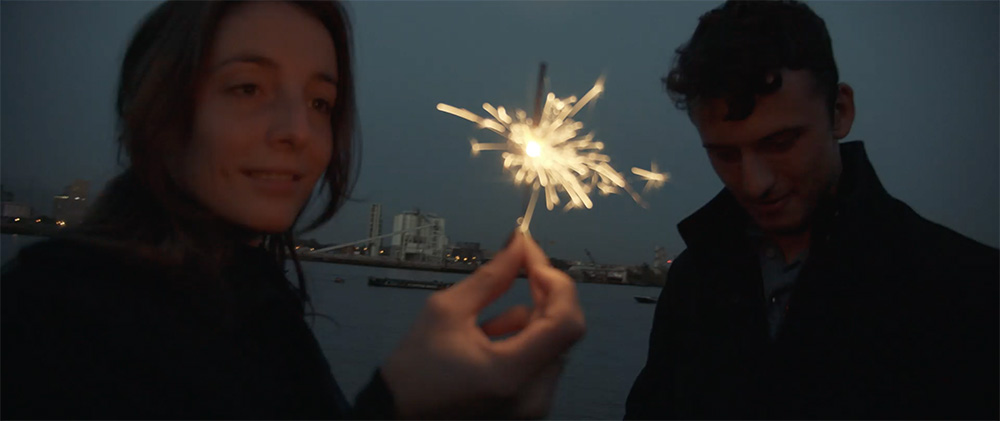
The film’s structure is nonlinear and fragmentary. How did you approach constructing the narrative, and what challenges did you encounter in presenting parallel possibilities?
Once I decided to tell a story about “branching life paths”, I started to consider what kind of structure would be most fitting. We could certainly take a linear approach, telling one possibility first and then returning to the branching point to explore the other, much like the film “Run Lola Run.” This structure can clearly showcase two parallel possibilities with no doubt. However, I wanted the film to unfold more like a mystery, prompting the audience to think continuously as they watch. Therefore, I decided to interweave the two storylines, putting contradictory segments side by side so that information gained in one segment is negated in the next. This approach leads the audience to realize that neither storyline is entirely “definite”—both are possible life paths. The fragmented logic also evokes the feeling of a dream, where familiar environments and people from real life appear but in entirely different relationships and outcomes.
The initial construction method might sound akin to an “engineering” concept, more like puzzle-making than script writing. I started by listing key events for both timelines on cards, play around with them to create informational contrasts. Through continuous revises, I developed the overarching structure. I then refined each scene to establish a balanced rhythm for the film. It was crucial to avoid overwhelming the audience with chaos and disorder, I needed to lay down some basic information at the beginning to drive the narrative forward and gradually introduce more details and conflicts. The biggest challenge was selecting plot points that effectively showcase the differences between the two parallel possibilities, ensuring the story continuously progresses while avoiding repetition of the same events to prevent viewer fatigue. Most of the scriptwriting effort was spent on this stage.
You’ve mentioned that the film doesn’t offer a clear conclusion, leaving Archie’s fate open to interpretation. What do you hope audiences take away from this ambiguity?
This film is an attempt in form that challenges the audience’s acceptance of the narrative. Most viewers are used to accepting a relatively certain storyline and place unconditional trust in what the story presents. Even if aspects of the characters or plot seem suspicious, but “seeing is believing”, what the content told will form a certain fact to the audience.
<Upon the deep> aims to encourage the audience to adopt a “skeptical” attitude towards the narrative, thereby challenging the notion that there is only one “certain” truth. This is also the core message the film seeks to convey—that there may be multiple possibilities in life simultaneously, with each choice leading to different outcomes, even though we can only witness one of them.
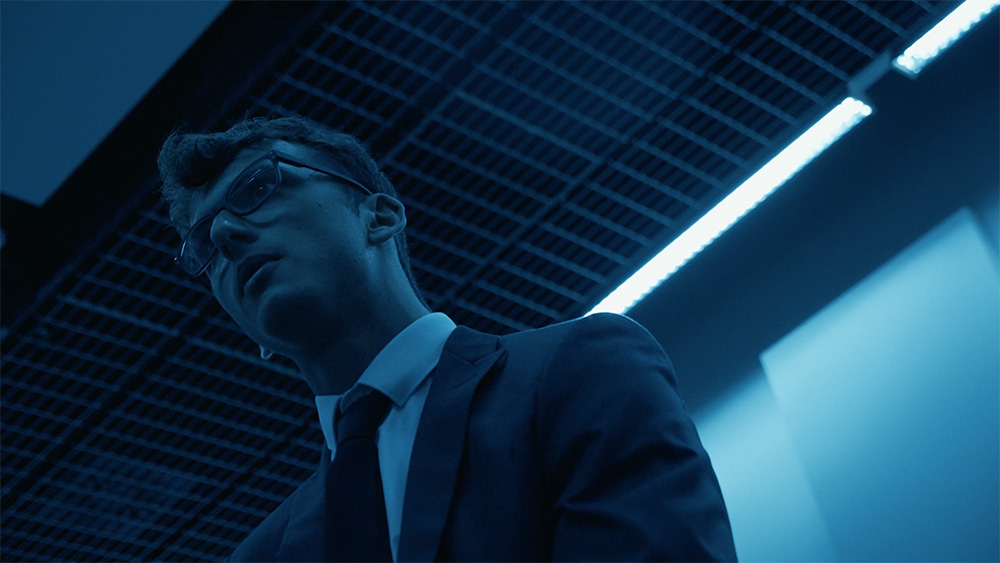
The concept of parallel destinies is central to your film. How do you personally view the idea of multiple life paths coexisting simultaneously?
Although there is currently no evidence to confirm the hypothesis of parallel universes, I am open to accepting such a possibility. After all, we have yet to explain all phenomena in the universe, and our understanding of the dimensions of time and space is quite limited. The hypothesis of multiple universes fills some gaps that science has yet to measure and offers us a reason to detach from the specifics of everyday life to imagine the many possibilities of the world. This also brings a sense of mental relaxation and solace. I wouldn’t be too surprised if one day this hypothesis is proven true.
Can you share some insights into your creative process when developing the script for this film? How did your research at Ravensbourne University influence your approach?
The final story and theme of the film were not completely established from the beginning; rather, much of the creative process is “naturally evolved.” It was akin to walking through a field, seeing what seeds I might find, taking them home, planting them, and watering them, then deciding which seedlings to nurture once they sprouted.
Initially, I set a broad scope of inspiration, listing interesting ideas and exploring them further. I conducted research based on these ideas, which led to the discovery of new content unknown to me before. From there, I selected what I believed could be developed further. This continuous cycle of “absorbing, researching, and selecting” gradually narrowed the focus while forming an increasingly clear creative core.
For this particular film, my inspiration began with a thematic exhibit on “Traveling to Mars” at Design Museum in London. One part left a deep impression on me, highlighting how astronauts must endure months of space travel, requiring not only physical preparation but also rigorous psychological testing to ensure they remain rational in the confined space of a spacecraft under harsh and unknown conditions. This sparked my curiosity about what kind of person could undertake such a journey, which gradually led to the story we now see.
My research at Ravensbourne University helped determine the film’s narrative structure. My research topic at the time was “non-linear narrative and interactive film”. Studying non-linear narratives ultimately guided me to adopt a more fragmented structure that complements the storytelling approach of this film.
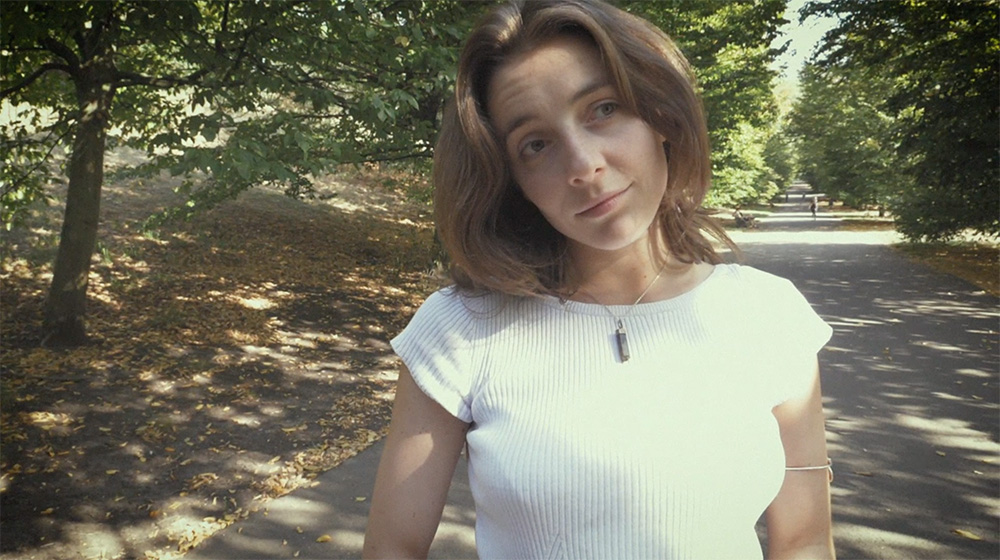
As a writer and director, how do you balance your vision for the film with the input and interpretations of your collaborators?
I am very eager to collaborate with a team that has innovative ideas and am keen to hear everyone’s perspectives. I believe there is always something to learn from other collaborators. Even though I am the writer and director of the film, it doesn’t mean I am without limitations or that I am always right. Through continuous communication, some ideas become clearer over time. For me, the foundation of teamwork lies in trust and sincerity. I engage openly with team members, clearly expressing my thoughts and designs for the film to guide them in their own thinking and to boost their enthusiasm for the project. It’s essential to clearly articulate my vision to all collaborators. The clearer I am, the easier it is for them to align with my vision.
At the same time, I need to be clear about which aspects of my vision are non-negotiable and which can be adapted or improved through collaboration. Being receptive doesn’t mean I have to accept every suggestion, but considering them can lead to improvements.
The themes in your film are quite existential and philosophical. Did you draw from any specific philosophical or literary influences when creating this story?
To be honest, I don’t recall consciously referring to any specific philosophical theories while writing the script. However, there is a monologue by Archie that is inspired by Eckhart Tolle’s book “Stillness Speaks,” which effectively conveys Archie’s views on self and consciousness.
Additionally, the poem “Un coup de dés jamais n’abolira le hasard” by Stéphane Mallarmé was a great source of inspiration for me. The poem possesses a unique aesthetic that creates a perfectly fitting reading rhythm. I was amazed by how Mallarmé used the visual structure of words to shape the reading experience, which led me to consider how different narrative structures might reshape the audience’s perception of the story.
The decision to leave the ending open-ended is a bold choice. Did you ever consider providing a more definitive resolution, or was ambiguity always part of your plan?
When I first wrote the screenplay outline, I hadn’t yet decided how the film would end. I had considered using a more definitive and positive conclusion. However, as the structure featuring two “contradictory life possibilities” became clearer, I realized that I couldn’t provide a completely definitive ending. I needed to give these two possibilities equal standing, as any more certain ending would disrupt this balance. Naturally, ambiguity accompanies such a narrative structure, which I believe offers an opportunity for the film to engage the audience and invite further reflection.
You’ve been working as a freelance writer and director since 2019. How has this experience shaped your storytelling style and approach to filmmaking?
As a freelance writer and director, I have gained a deeper understanding of how to use limited funds and resources to bring a story concept to life while also enjoying greater creative freedom. Although sometimes there is a conflict between these two aspects, requiring a balance between bold ideas and a modest budget, finding the right way to achieve this brings a great sense of satisfaction and pride.

Your next project, “Drugs of Happiness”, is currently in development. Can you give us a glimpse into what this film will explore and how it might differ from your current work?
Compared to the science fiction genre of “Upon the Deep,” “Drugs of Happiness” is a film with a more realistic style. The story revolves around a group of volunteers participating in paid drug trials for a hospital. The film unfolds from multiple character perspectives, with various storylines progressing independently until they ultimately intersect and impact each other’s destinies. This will be a larger-scale story with a more complex narrative structure.
As someone who is still relatively early in their career, what advice would you give to aspiring filmmakers who are trying to navigate the complexities of the industry?
I can only answer this question from my own experience. Starting out in the industry with an entry-level position and keeping yourself within that professional circle is the best approach. If you’re unsure about which role you want to pursue, try to gain exposure to as many different positions as possible. Pay attention to how you perform in various teams to discover the type of work you are most passionate about and best suited for.
If you have a clear goal but haven’t secured the desired job yet, don’t be afraid to start small. Even if you’re temporarily working in a different role, staying in the industry, remaining humble, and eager to learn is key. Any team member can teach you something valuable. As a filmmaker, whether collaborating with others or working independently, these experiences can be beneficial to you in the future. Strive to get closer to what you want to do by starting with small projects. Gain experience and build a portfolio, patiently accumulating skills and upgrading your capabilities until you achieve your desired position in the industry.
Moreover, those who grow alongside you in these small projects can become key players in the industry. Value your connections with colleagues, as any one of them might become your “agent” someday.
Looking ahead, do you see yourself continuing to explore themes of destiny and parallel possibilities, or are there other areas or genres you’re interested in delving into?
Parallel universes and multidimensional space-time are among my interests, and if a suitable story idea or new perspective arises, I would continue to explore different expressions of this theme. Related to this, science fiction is a genre I have always loved. It doesn’t always have to be about constructing an entire future world based on a scientific fact or discovery; it can also be about using different perspectives to view and understand various dimensions of our world or telling a story that sparks imagination and reflection.
I also enjoy detective thrillers, stories from the ancient Chinese Kong Fu genre, adventure tales set in medieval fantasy worlds, and so on. Additionally, I’m currently working on projects that tackle more realistic social issues, focusing on how people find their place and seek strength to support their spirit in this rapidly changing era.
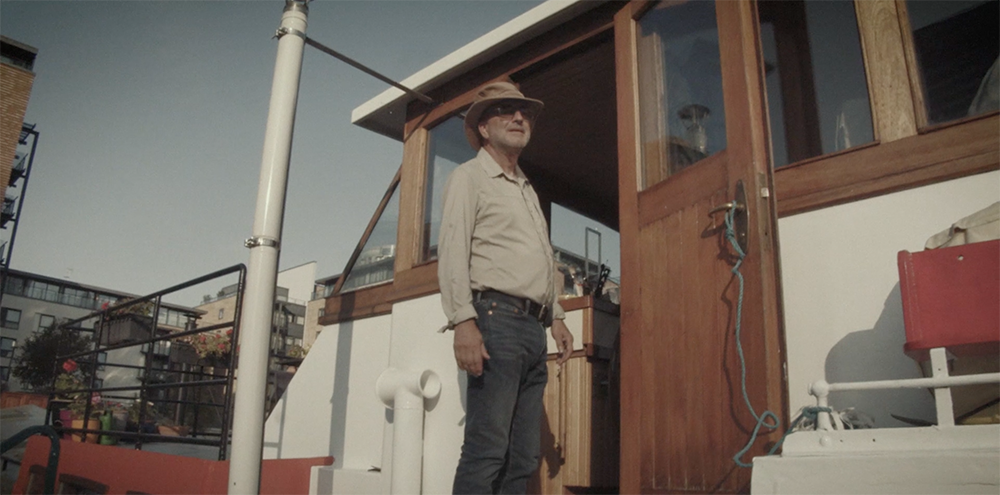
Given that your film encourages viewers to reflect on their own life choices, have you had any memorable reactions or interpretations from audiences that surprised you?
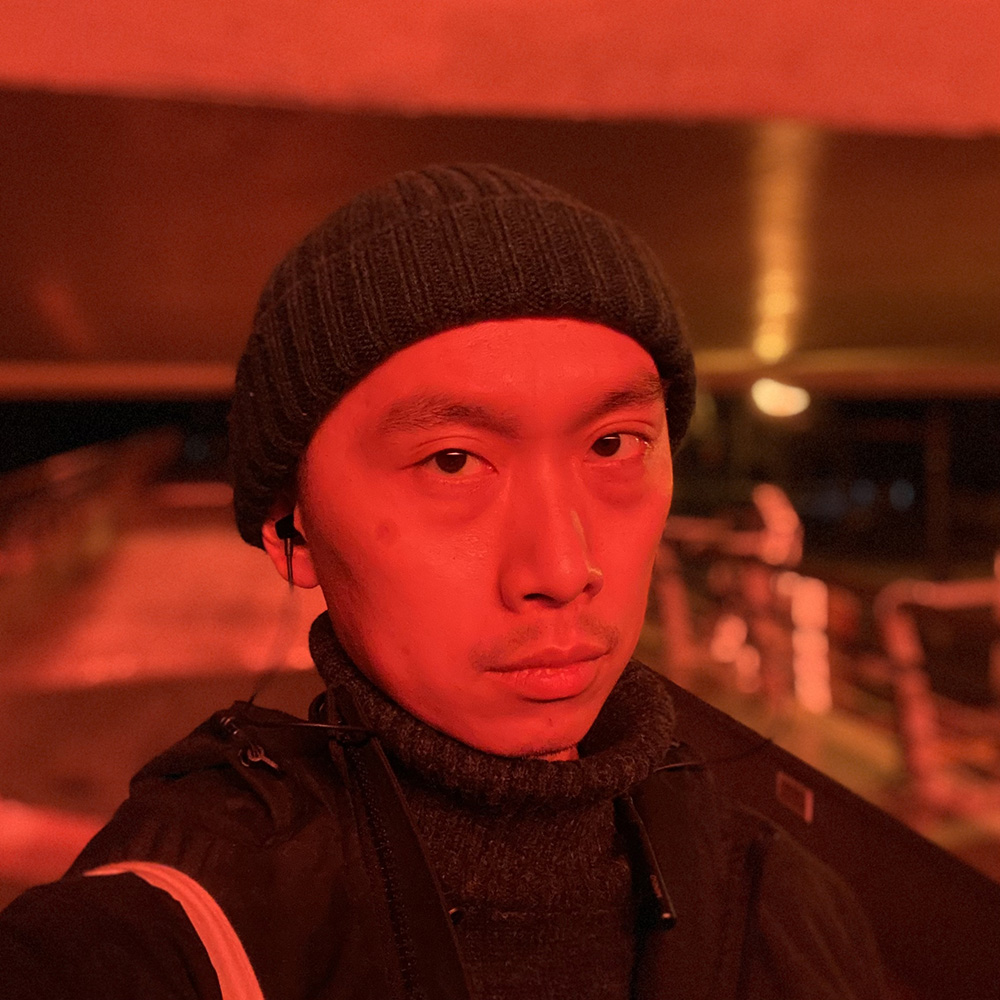
An interesting occurrence is that some viewers immediately want to watch the film again after their first viewing. They feel that certain information in the latter half of the film reminds them of parts from the first half, thus wanting to revisit it to confirm their impressions. This was unexpected for me, but it shows that the contradictory yet interconnected elements were noticed and that the audience is genuinely interested in exploring and understanding them.
Some viewers are also moved by specific details, such as the choice Archie’s grandfather makes to go to a nursing home, or the disagreements between Archie and Ophelia during their argument. Perhaps these scenes resonated with them, and they told me these were the most memorable parts after watching, which was somewhat surprising to me. While this wasn’t the primary message I intended to convey, it made me realize that genuine human emotions are the most capable of eliciting empathy.
You can follow Kai Yang‘s journey and latest projects on Instagram and view his works on Vimeo.
